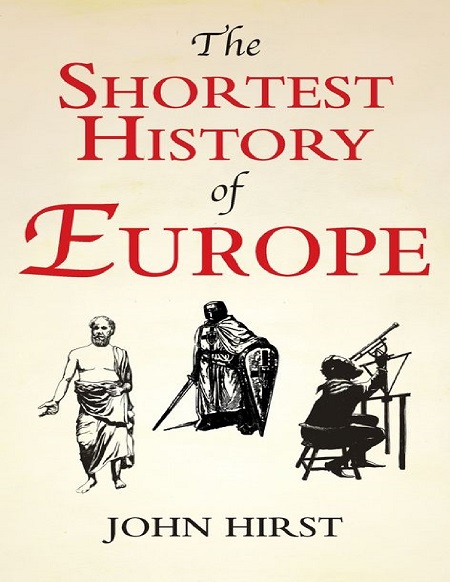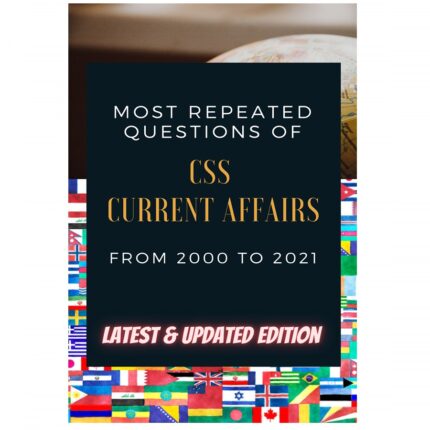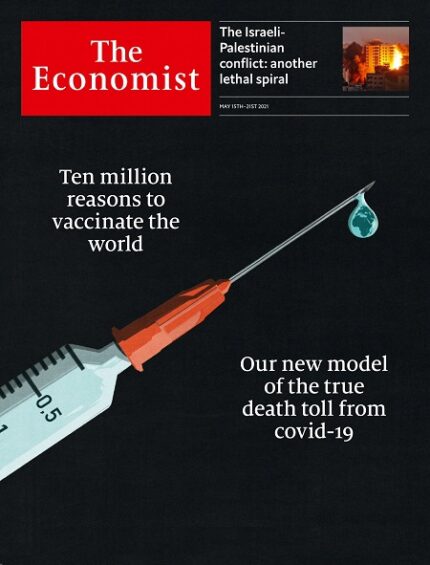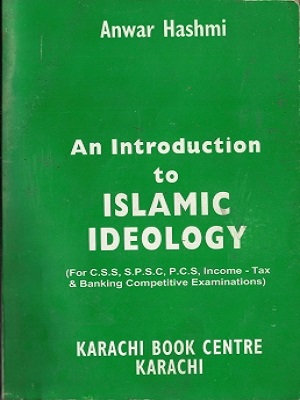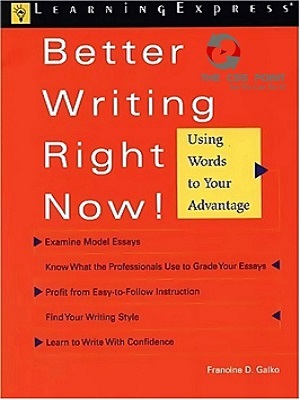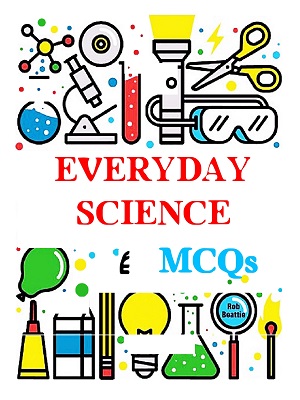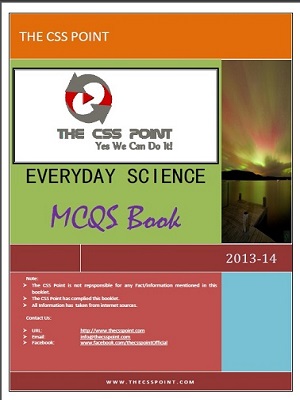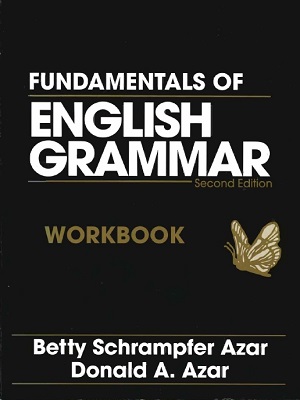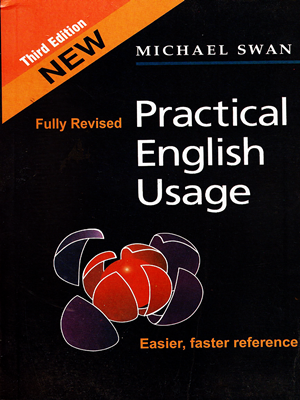The Shortest History of Europe By John Hirst. IF YOU LIKE TO SKIP TO THE END OF A book to see what happens, you will enjoy this book. The endings start soon after it begins. It tells the history of Europe six times, each from a different angle. These were originally lectures designed to introduce university students to European history. I did not start at the beginning and go through to the end. I quickly gave the students an overview and then returned later with more detail. The Shortest History of Europe By John Hirst
The first two lectures sketch out the whole of European history. This is truly the shortest history. The next six lectures take a particular theme. The aim is to deepen understanding by returning and more deeply examining. A story has a plot: a beginning, a middle and an end. A civilization does not have a story in this sense. We are in thrall to narrative if we think a civilization must have a rise and fall, though it will have an end. My aim here is to capture the essential elements of European civilisation and to see how they have been reconfigured through time; to show how new things take their shape from old; how the old persists and returns. History books deal with many events and people. This is one of history’s strengths and it takes us close to life. But what does it all mean? What are the really important things? These are the questions I always have in mind. Many people and events that get into other history books don’t get into this one.
The more detailed lectures in the second part of the book stop around 1800—and this simply because when I designed this course of lectures
there was another course dealing with Europe since 1800. So how much history does this leave out! I have looked forward occasionally, but if my approach works you’ll recognize the world we now live in, whose lineaments were laid down long ago.
[maxbutton id=”1″ url=”https://thecsspoint.com/link/10997″ text=”” ]






